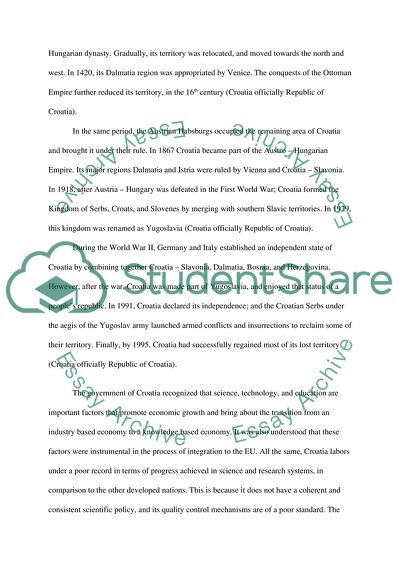Cite this document
(“Croatia the Presentation of the Countrys Main Policies and Domains Essay”, n.d.)
Croatia the Presentation of the Countrys Main Policies and Domains Essay. Retrieved from https://studentshare.org/politics/1727540-croatia-country-profile-assignment-essay
Croatia the Presentation of the Countrys Main Policies and Domains Essay. Retrieved from https://studentshare.org/politics/1727540-croatia-country-profile-assignment-essay
(Croatia the Presentation of the Countrys Main Policies and Domains Essay)
Croatia the Presentation of the Countrys Main Policies and Domains Essay. https://studentshare.org/politics/1727540-croatia-country-profile-assignment-essay.
Croatia the Presentation of the Countrys Main Policies and Domains Essay. https://studentshare.org/politics/1727540-croatia-country-profile-assignment-essay.
“Croatia the Presentation of the Countrys Main Policies and Domains Essay”, n.d. https://studentshare.org/politics/1727540-croatia-country-profile-assignment-essay.


